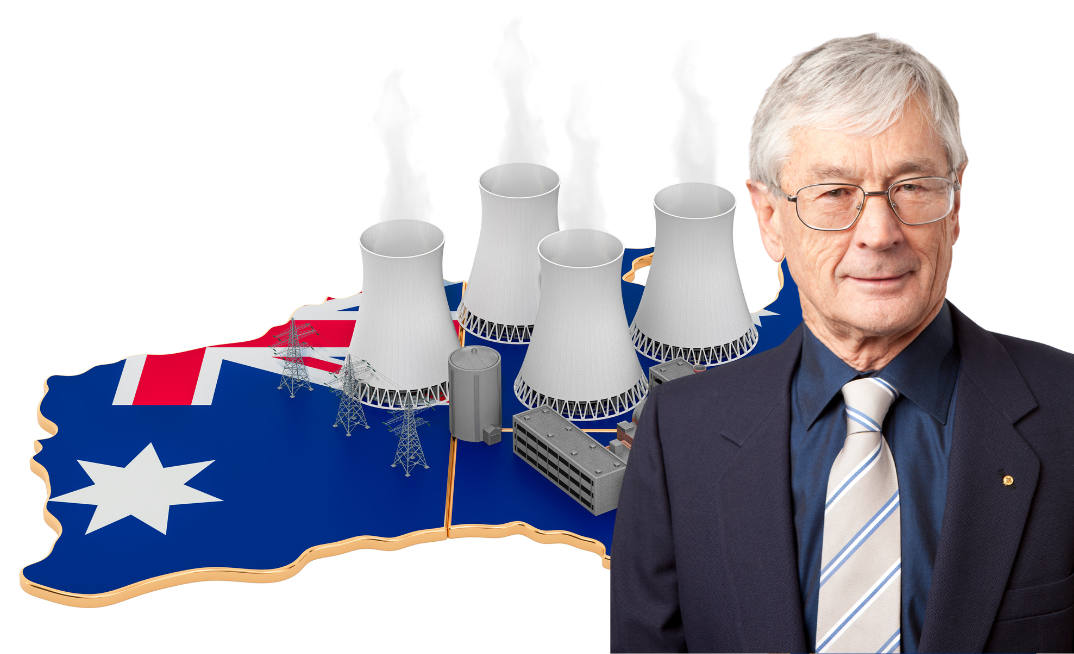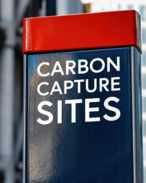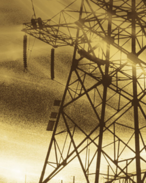Dick Smith, never one to avoid controversy, has launched a fierce pro-nuclear campaign, arguing Australia's reliance on renewables is a costly misstep. As Peter Dutton's opposition pushes for nuclear while government agencies dismiss it as unfeasible, Smith insists it's the only viable path to emissions cuts and energy security.
Dick Smith is nothing if not resolute in his stance.
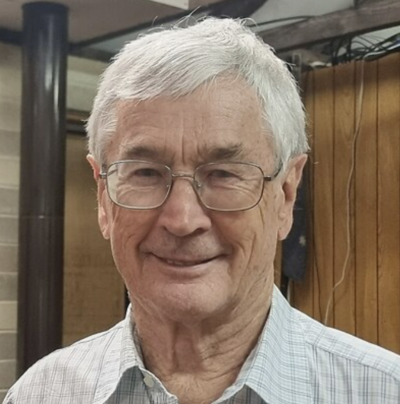
"There is no option—Australia must embrace nuclear power or face economic and environmental catastrophe." As the nation navigates its transition from coal to renewables, Smith believes the current path is unsustainable.
YOU MIGHT ALSO LIKE
"I believe it's the only answer," Smith told Energy News Bulletin. "If we want to get down to low levels of carbon, we have to go nuclear. In fact, the whole world has to."
Smith is not alone in this belief. In June 2024, opposition leader Peter Dutton unveiled a plan to integrate nuclear energy into Australia's power grid. Based on an analysis by Frontier Economics, the plan estimates an expenditure of $331 billion by 2050, aiming to replace existing coal infrastructure with nuclear facilities at the sites of seven former coal-fired power stations.
Dutton claims the plan would lower electricity costs by 44% compared to the Albanese government's renewable energy strategy, which is projected to cost $594 billion over the same period.
But critics, including government agencies and independent analysts, argue nuclear power is neither cost-effective nor timely.
CSIRO and the Australian Energy Market Operator (AEMO) costings show renewables, coupled with battery storage, remain the cheapest and fastest way to transition the grid.
The GenCost 2024-25 Draft Report, a joint effort by CSIRO and AEMO, estimates the cost of firmed renewables will range between $80-$122/MWh by 2030, whereas large-scale nuclear energy could cost anywhere from $141-$232/MWh by 2040—assuming reactors could be built by then.
Smith, however, rejects these findings outright.
"The CSIRO has completely underestimated the cost of storage," he said.
"They've allowed for about six hours of battery storage when we might need two or three days. By under-costing storage, they make renewables look cheaper than they really are."
Time is the biggest impediment to nuclear power. Even if Australia scrapped its federal ban tomorrow, experts widely agree it would take at least 15 to 20 years to bring a reactor online–mirroring the protracted timelines seen in other nations.
"The UK has tried to reinvent the wheel, and they're way over budget and over time," Smith said.
"But look at the United Arab Emirates—they used a proven Korean design, and it took just six and a half years from breaking ground to the first reactor going online. If we used the same approach, we could have nuclear running in a decade."
But then there's the issue of a social licence and more
Australia has long resisted nuclear energy, banning domestic reactors while allowing nuclear-powered warship visits under strict conditions. Overturning this stance would require major legislative changes, and even then, nuclear faces hurdles.
The grid is designed for variable renewables, not steady baseload power, and the country would need to come up with a permanent nuclear waste disposal solution—perhaps the biggest obstacle of all.
However, Smith argues it's "hypocritical" for Australia to export uranium but refuse to use it domestically.
"We export uranium to other countries that are using it safely and cost-effectively," he said.
"And it's completely illogical to say that nuclear power is unaffordable for Australia when countries like Bangladesh and Pakistan—far poorer than us—are managing to build and operate nuclear power plants."
Smith points to France's energy model, using nuclear power to provide 70% of its electricity to bring home his point.
"France has cheap, reliable electricity with minimal carbon emissions," he said. "Why wouldn't we follow that example?"
The political battlefield
Despite Smith's conviction, Australia's nuclear debate remains deeply politicised.
While the Coalition has committed to exploring nuclear power, the Albanese government remains staunchly opposed.
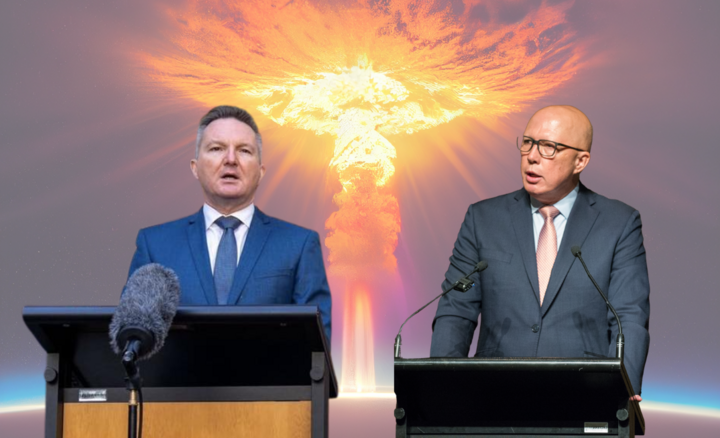
With a federal election on the horizon, Smith sees an opportunity for change.
"The UK and Canada are expanding nuclear with bipartisan support. Even the Green Party in Finland has now embraced nuclear. It's only a matter of time before Australia follows suit."
Public sentiment, however, remains deeply divided. While some polls show increasing support for nuclear as part of a low-emissions future, many Australians remain wary due to historical concerns about safety, waste disposal, and potential cost blowouts.
A future in no doubt
As Australia considers its energy future, Smith firmly believes nuclear power is unavoidable. He dismissed claims that Australia's current renewable energy goals are attainable, labelling those who believe otherwise as "completely delusional."
"The elephant in the room is storage," he said. "The costs are staggering, and battery capacity declines significantly over time."
Smith's conviction is difficult to ignore. His urgency is matched by an infectious enthusiasm reinforced by global shifts in energy policy.
"Microsoft is reactivating the old Three Mile Island nuclear plant in the U.S. to power AI development. The rest of the world is embracing nuclear—we need to wake up and do the same."
Whether Australia heeds his call remains to be seen. But as energy costs rise and climate targets tighten, the push for nuclear is unlikely to fade.
"The silver bullet is right in front of us," Smith said. "Brilliant scientists have given us a solution–nuclear. All we need now is the political courage to embrace it."
Read ENB's Future of Energy Report: Nuclear Power in Australia 2024 here, including our survey of the energy and resources industry on workers' attitudes towards a nuclear-powered Australia.


